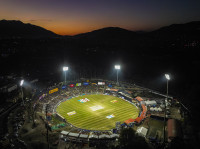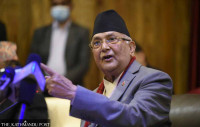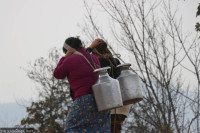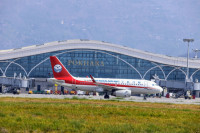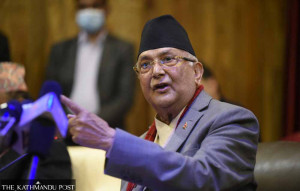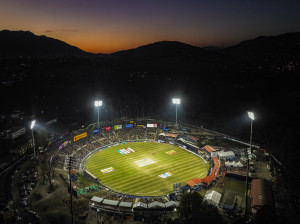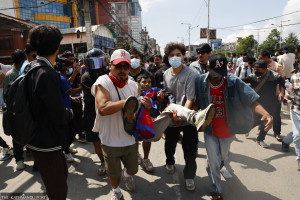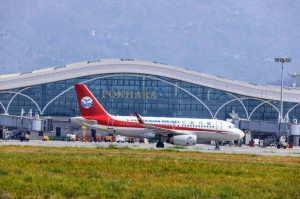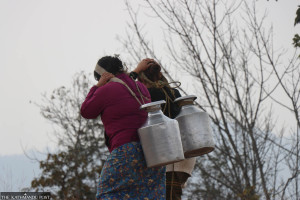Editorial
Unprepared
As country could see many more forest fires in near future, those tackling it must be properly equipped.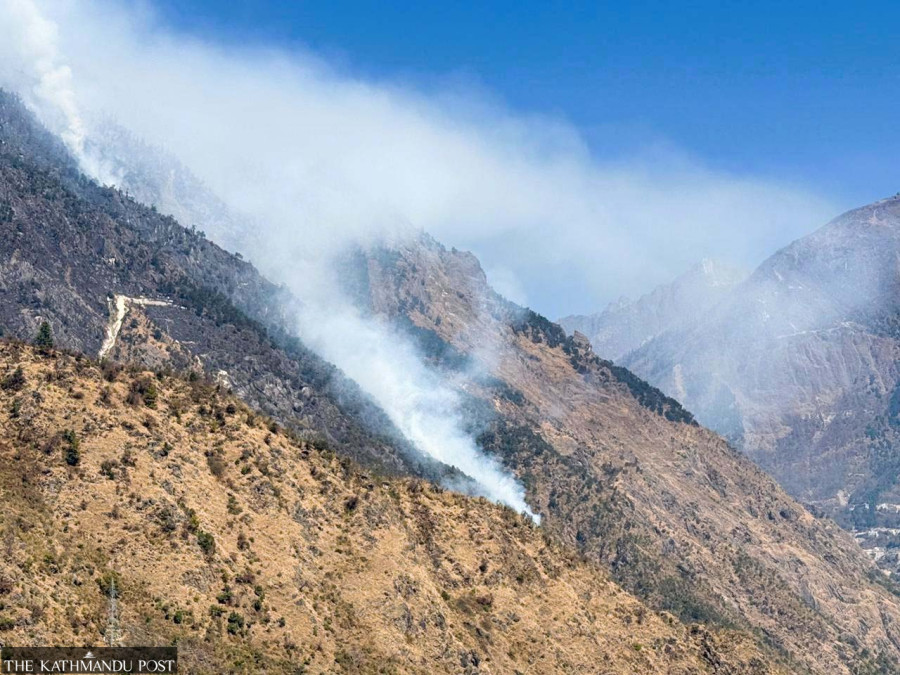
Nepal has of late been witnessing some uncommon climate-related patterns. For example, there has been no rain this winter. Months ago, the Hydrology and Meteorology Department had predicted that most parts of the country could witness hotter and drier winter due to low rainfall during the three months between December 1 and February 28. The forecast came true. Due to the paucity of rain, the minimum and maximum temperatures have stayed high. During the hotter months, daily lives in the country’s southern belt were badly affected. Schools had to be closed in many districts in the Tarai region that witnessed temperatures exceeding 40 degrees Celsius. Then, in the last week of September 2024, Kathmandu Valley saw the highest rainfall on record since at least 1970, when the country first started measuring and recording rainfall. The following days saw heavy destruction by floods and landslides.
In keeping with these anomalous developments, there have been some unexpected incidents of wildfires in various districts in the past few days. The Gaurishankar Peak in Dolakha district that used to be snow-covered in the winter was blanketed in thick smoke from wildfires that have engulfed the mountainous region since Saturday. Parts of neighbouring district Sindhupalchowk including Leping area witnessed similar incidents. People in several villages in Dolakha and Sindhupalchowk said they had spent sleepless nights in fear of the inferno entering these settlements. These are alarming signs. With so little rain, Nepal is certain to see a sharp rise in the number of fire incidents in the weeks and months ahead.
These extraordinary times demand extraordinary measures to protect both human lives as well as the country’s fragile mountain ecology. The forest deposits across the country could turn into balls of fire anytime. But Nepal’s disaster preparedness continues to fall way behind what is necessary to meet these mounting challenges. Though Nepal’s security forces—the Nepali Army, the Armed Police Force and the Nepal Police—have proven their competence in disaster-response, they are ill-equipped. Be it during earthquakes, landslides, floods or fire incidents, Nepali security personnel have shown not only their bravery but also efficiency. But without enough resources and right equipment, those working to save people have even had to make the ultimate sacrifice. Three army personnel succumbed to serious injuries while trying to douse raging wildfires in Dolpa in April last year.
With peak forest fire season approaching, the authorities working in the field need to be extra vigilant. Traditional methods such as creating firelines and allowing villagers to collect fodder on a routine basis could minimise the risk, to an extent. But that is insufficient. The increasing migration of people from villages is directly connected to fire incidents. In the absence of people, villages have been overtaken by trees and shrubs. As government officials had earlier announced, portable fire pumps are effective in dousing fires in these poorly populated areas, yet very few of such equipment are available in local units across the country. Public awareness is vital too. Yet it all starts with giving those directly involved in tackling these fires all the necessary resources they need to properly carry out their responsibilities.




 8.12°C Kathmandu
8.12°C Kathmandu
